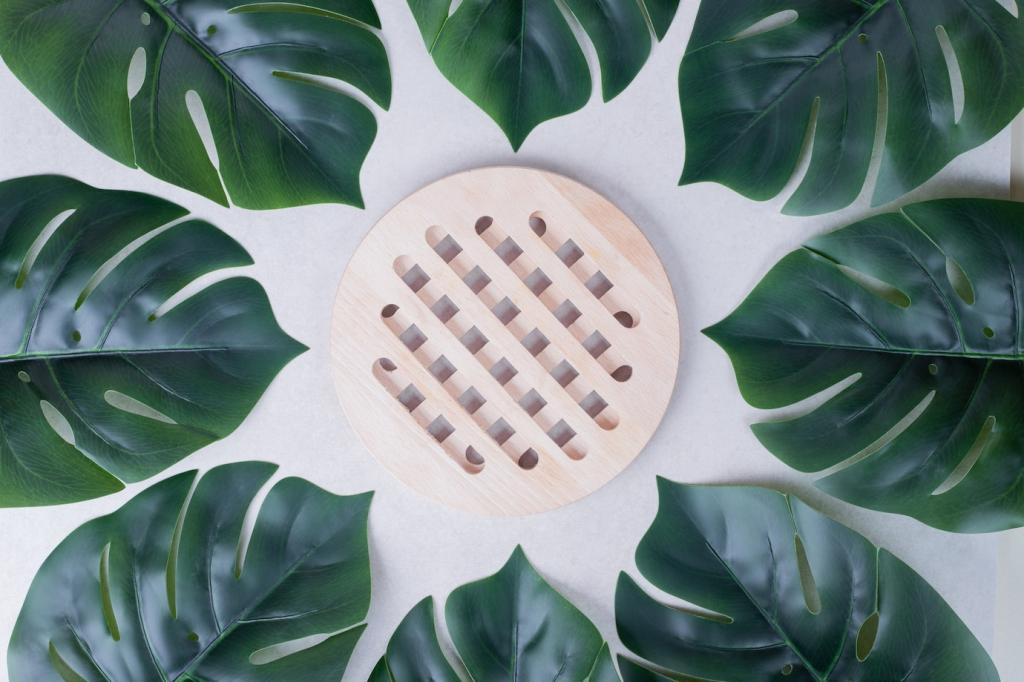Stories from Real Homes
After installing linen drapes, adding a northwest mirror to bounce gentle light, and choosing a clay paint, Alex’s insomnia eased. The room cooled at night, mornings felt slower, and plants stopped crisping in summer heat.
Stories from Real Homes
Swapping glossy plastic storage for woven baskets, plus a greenery shelf at child height, dropped noise levels and screen time. Kids watered plants, found beetles on weekends, and the television simply felt less magnetic.







